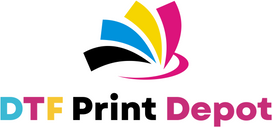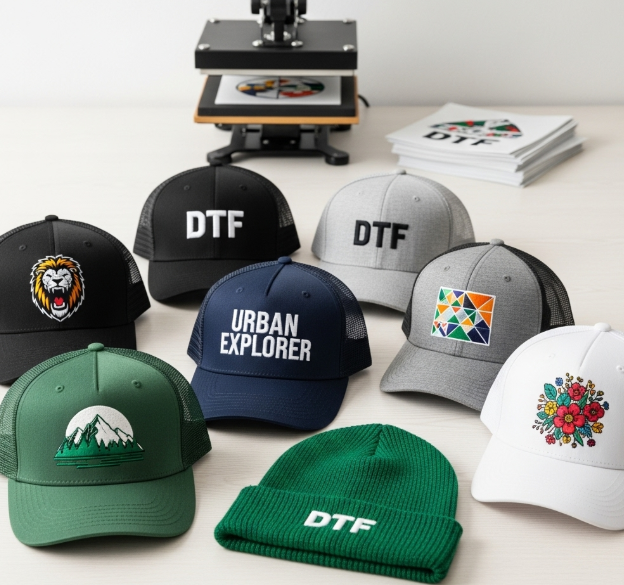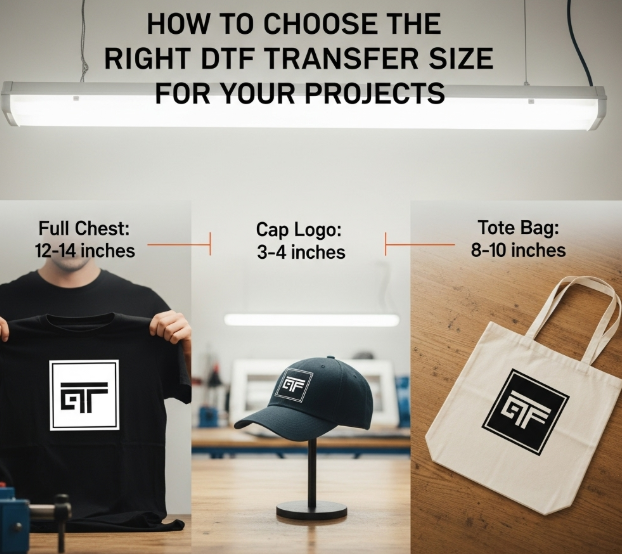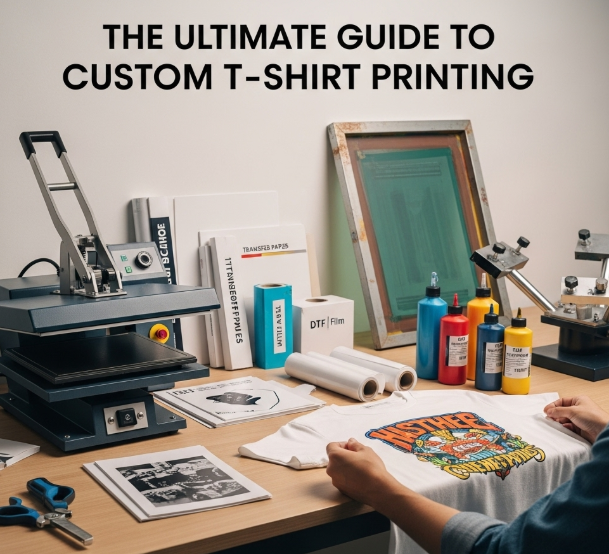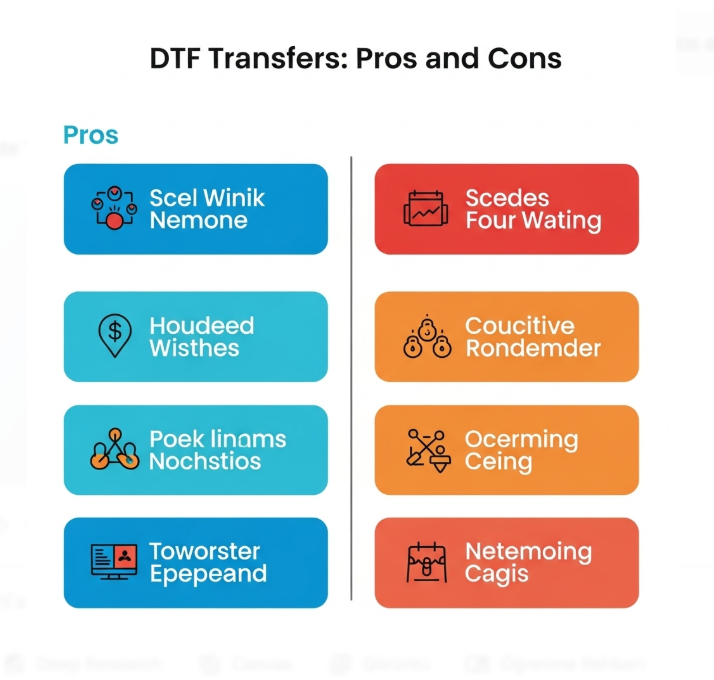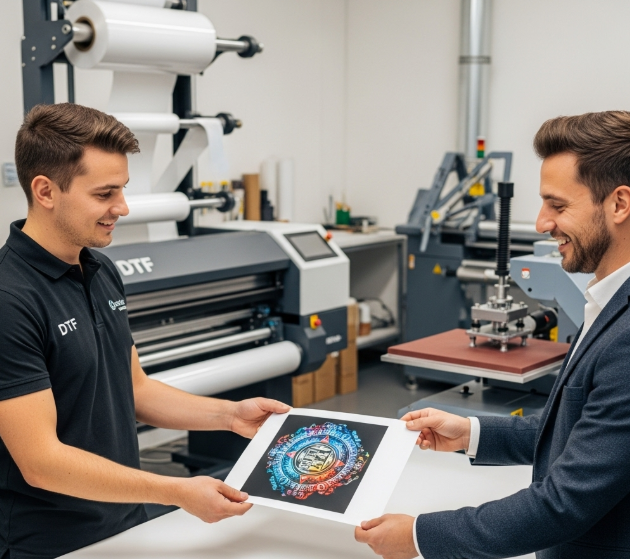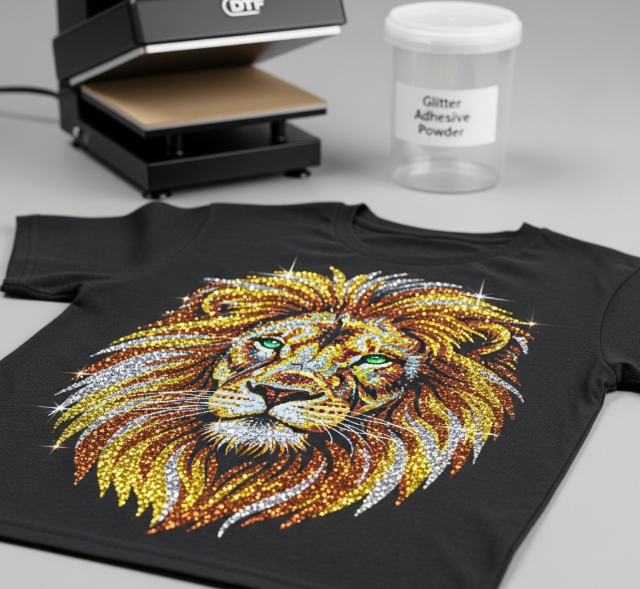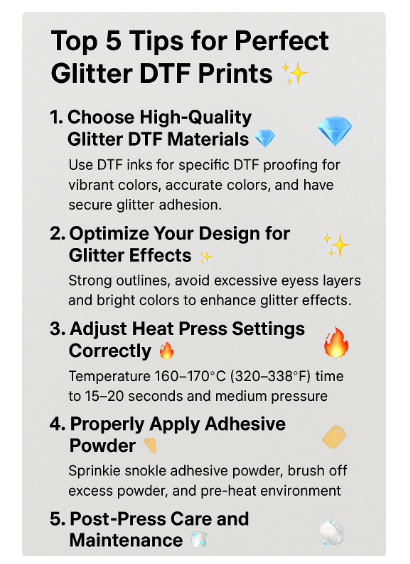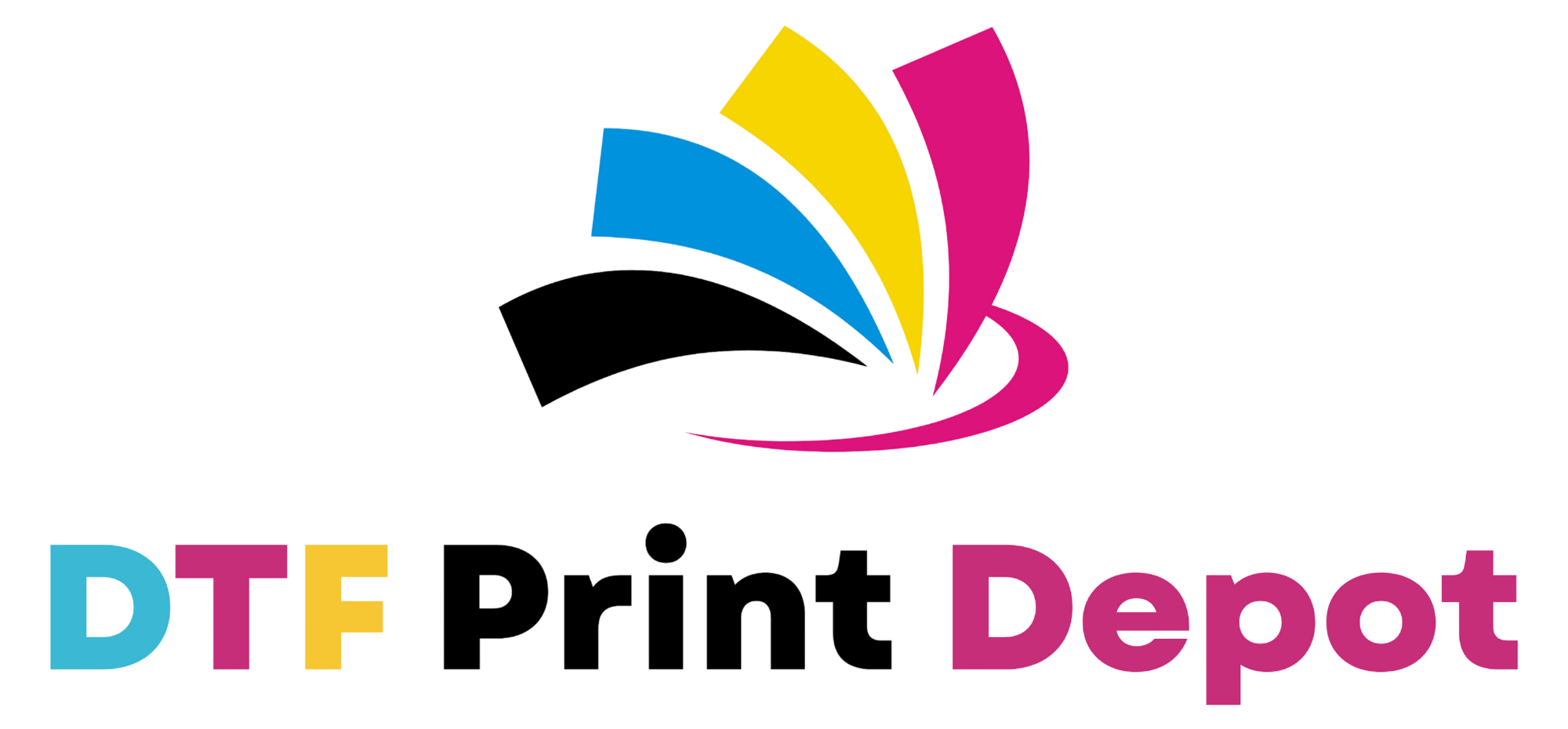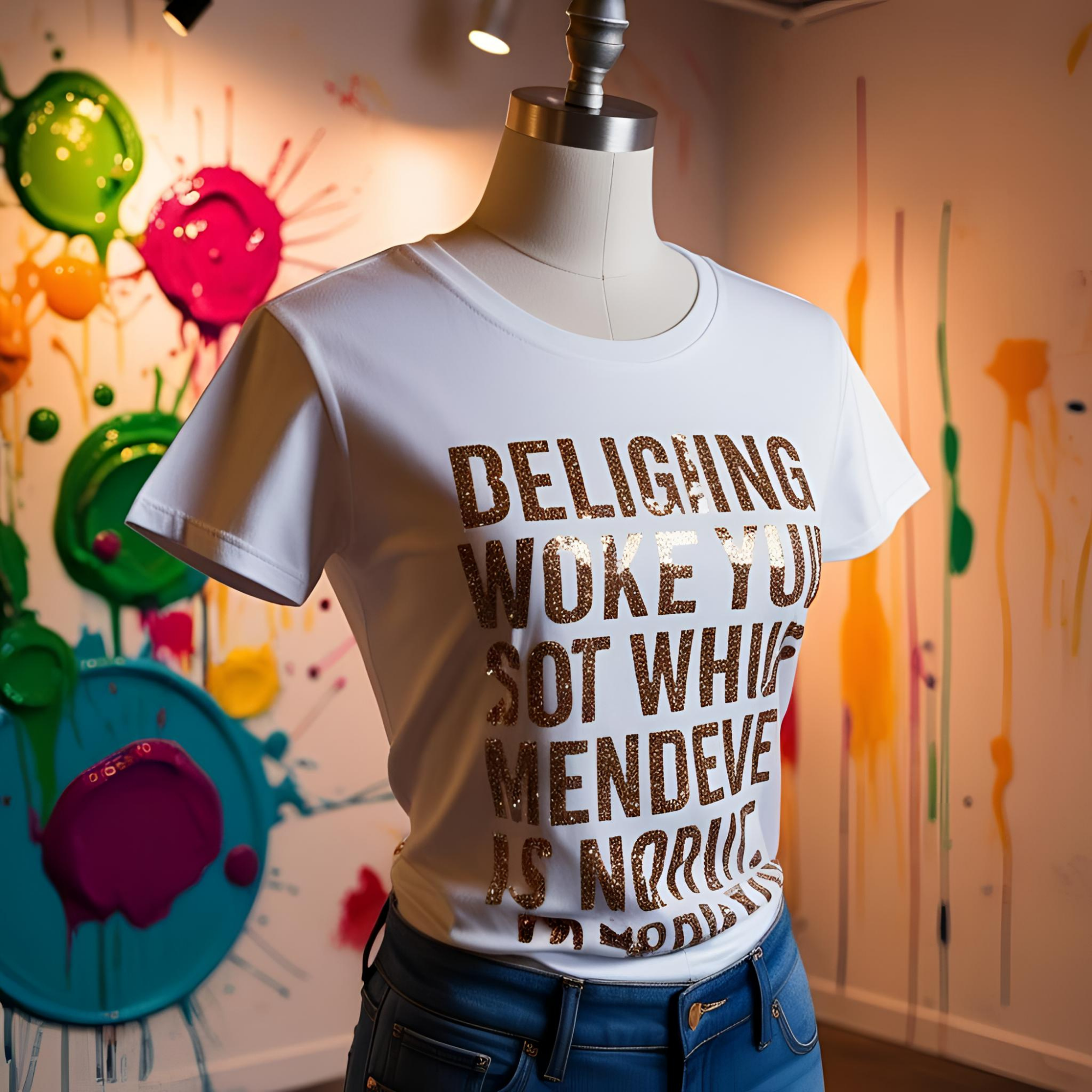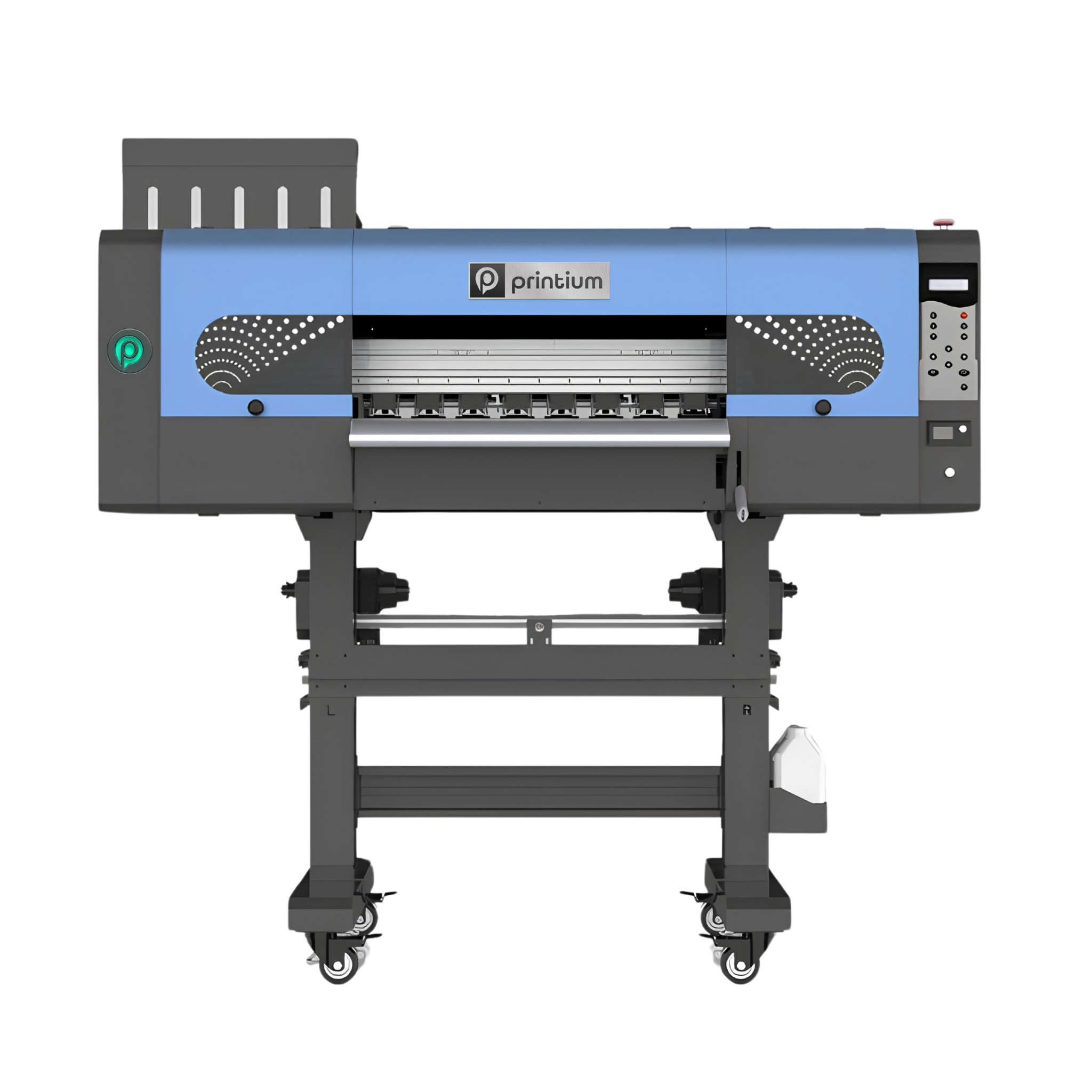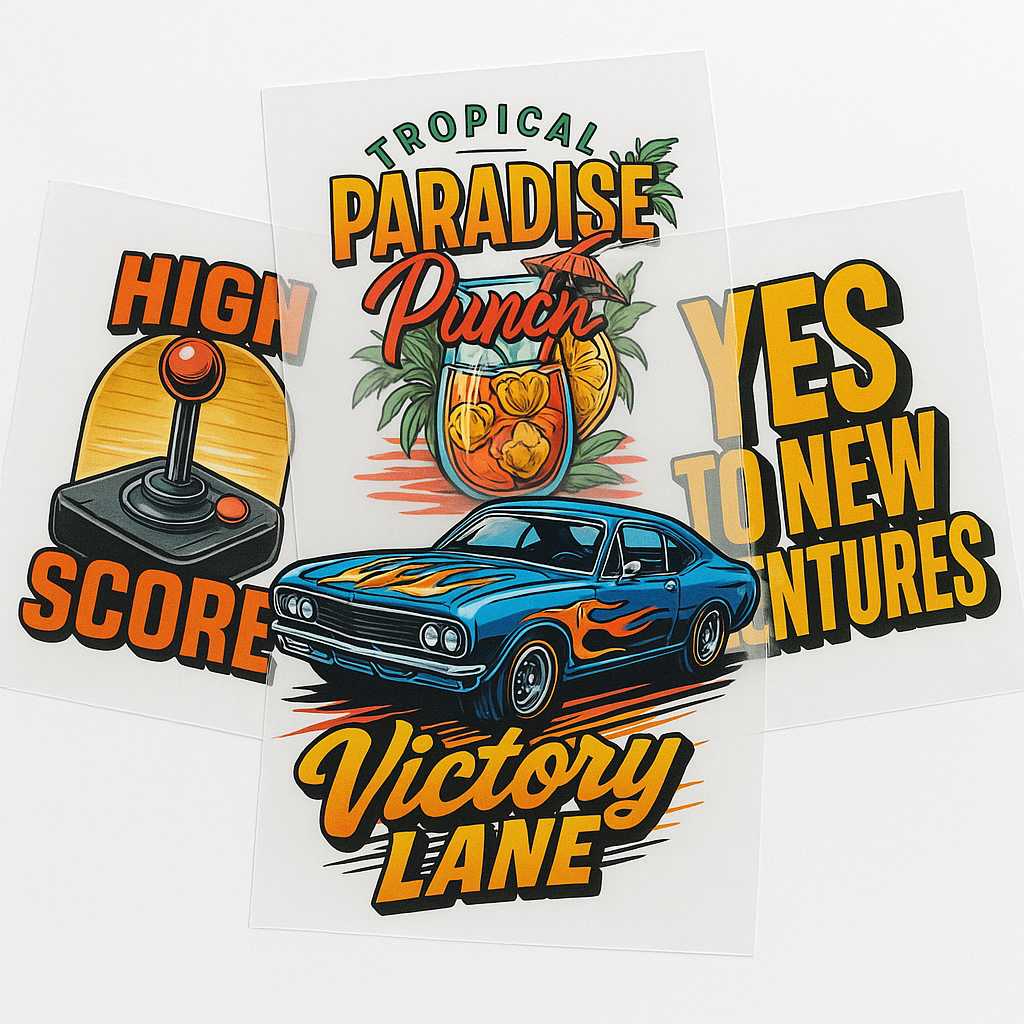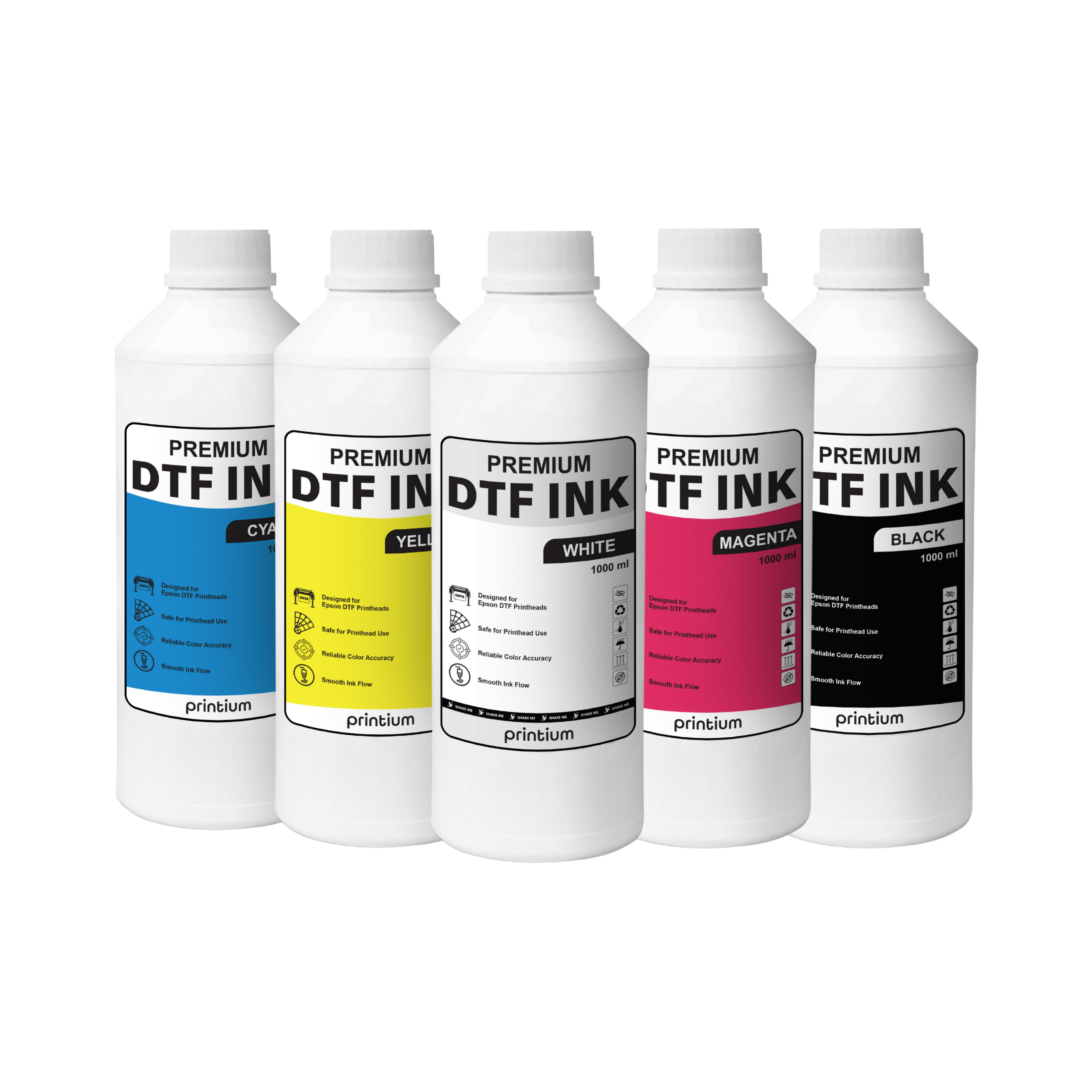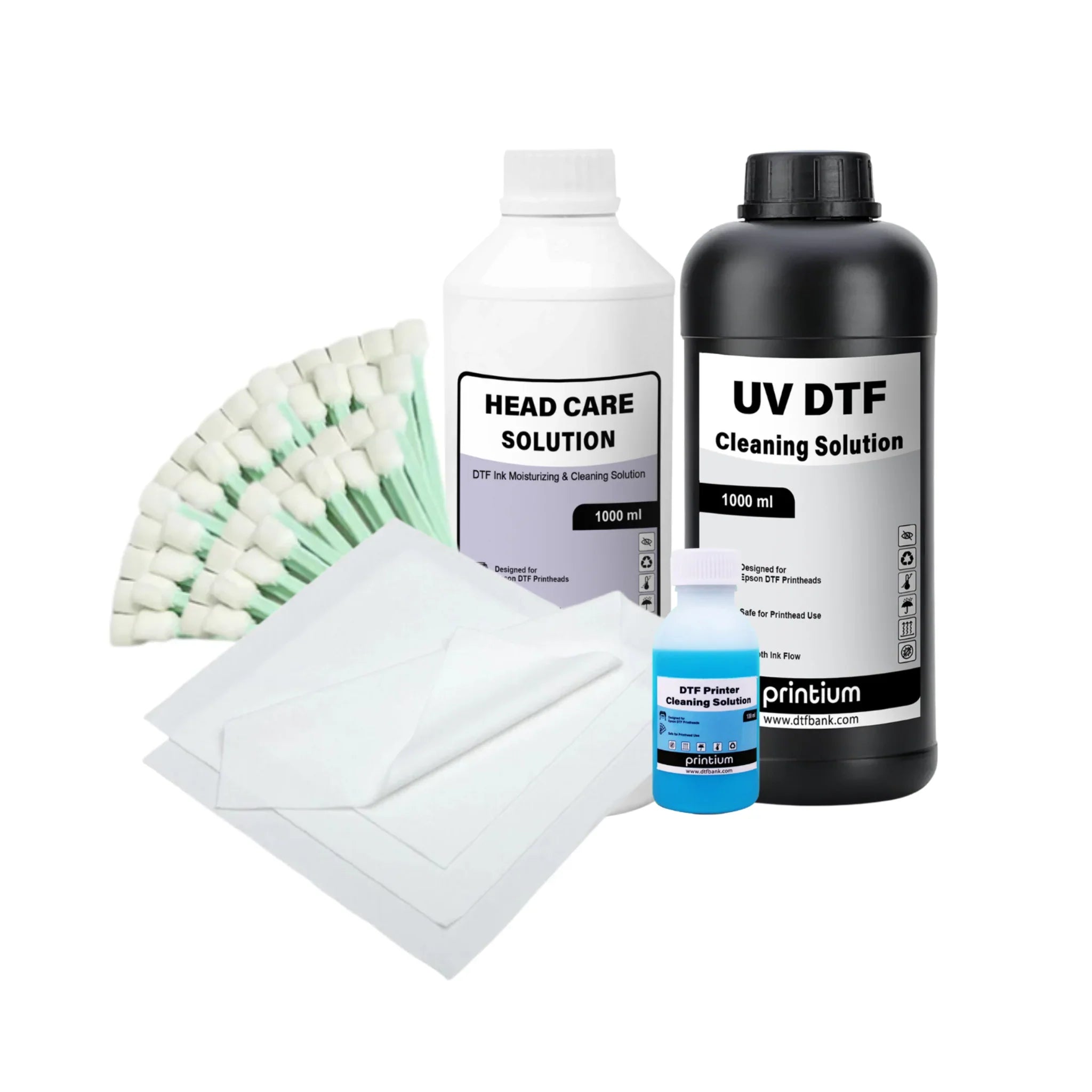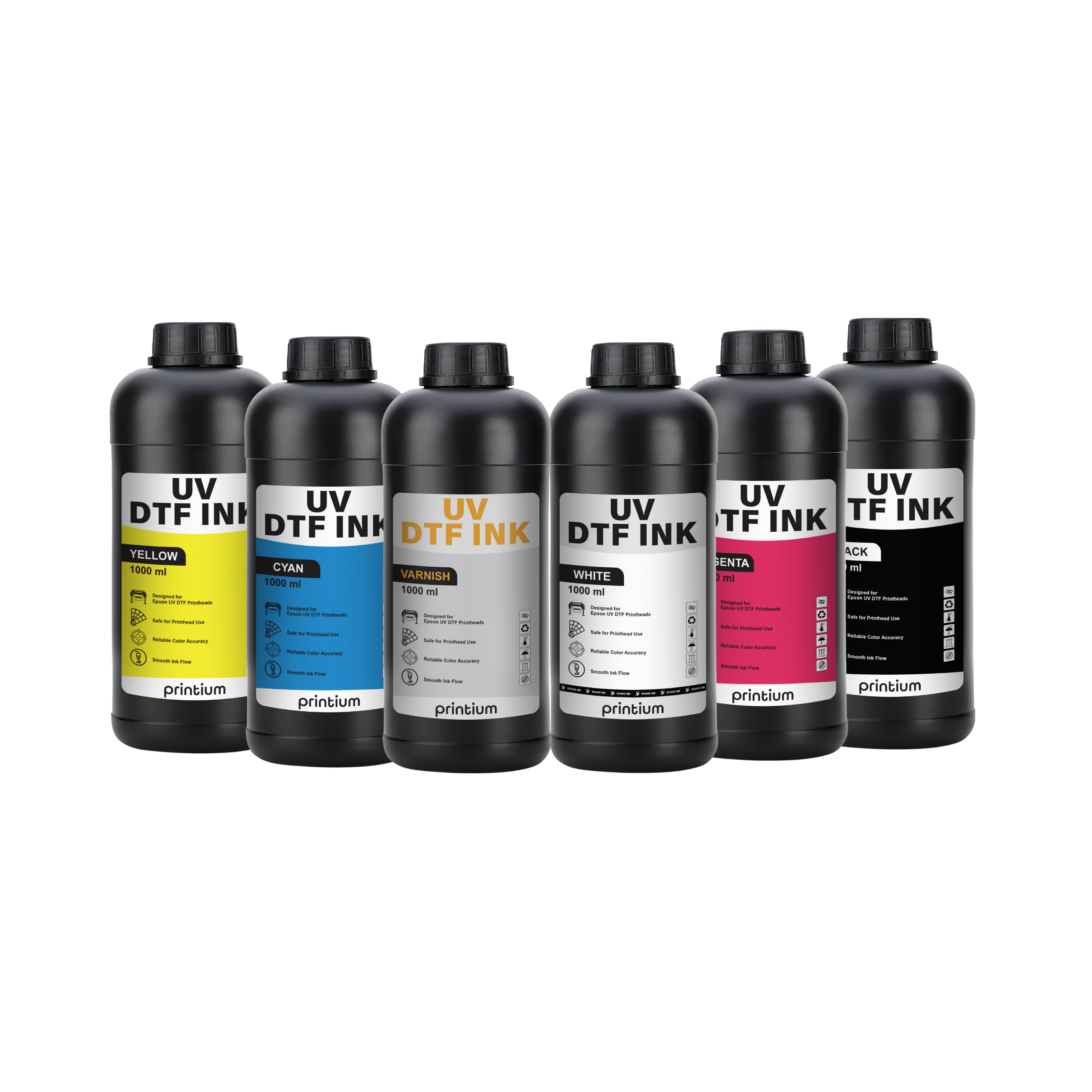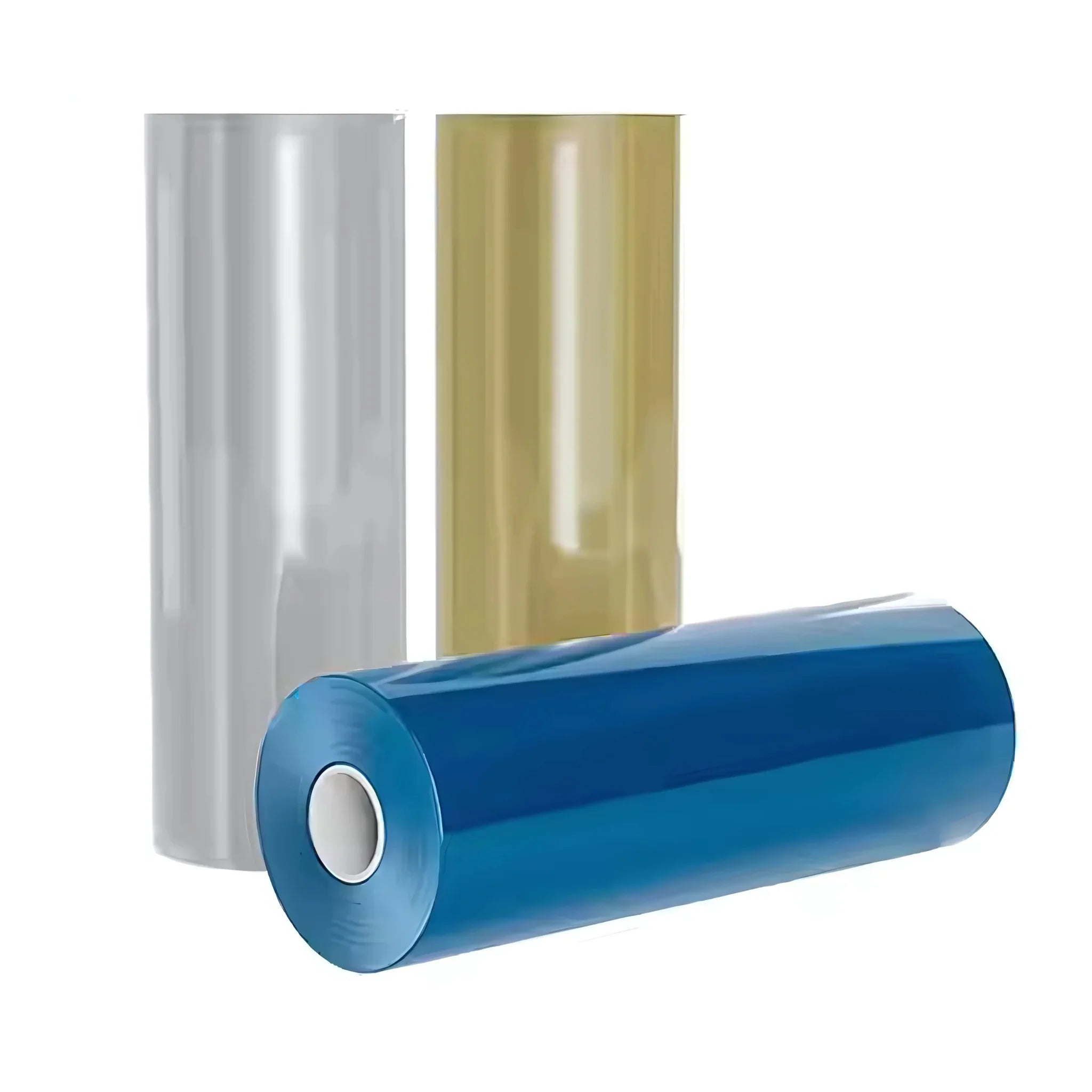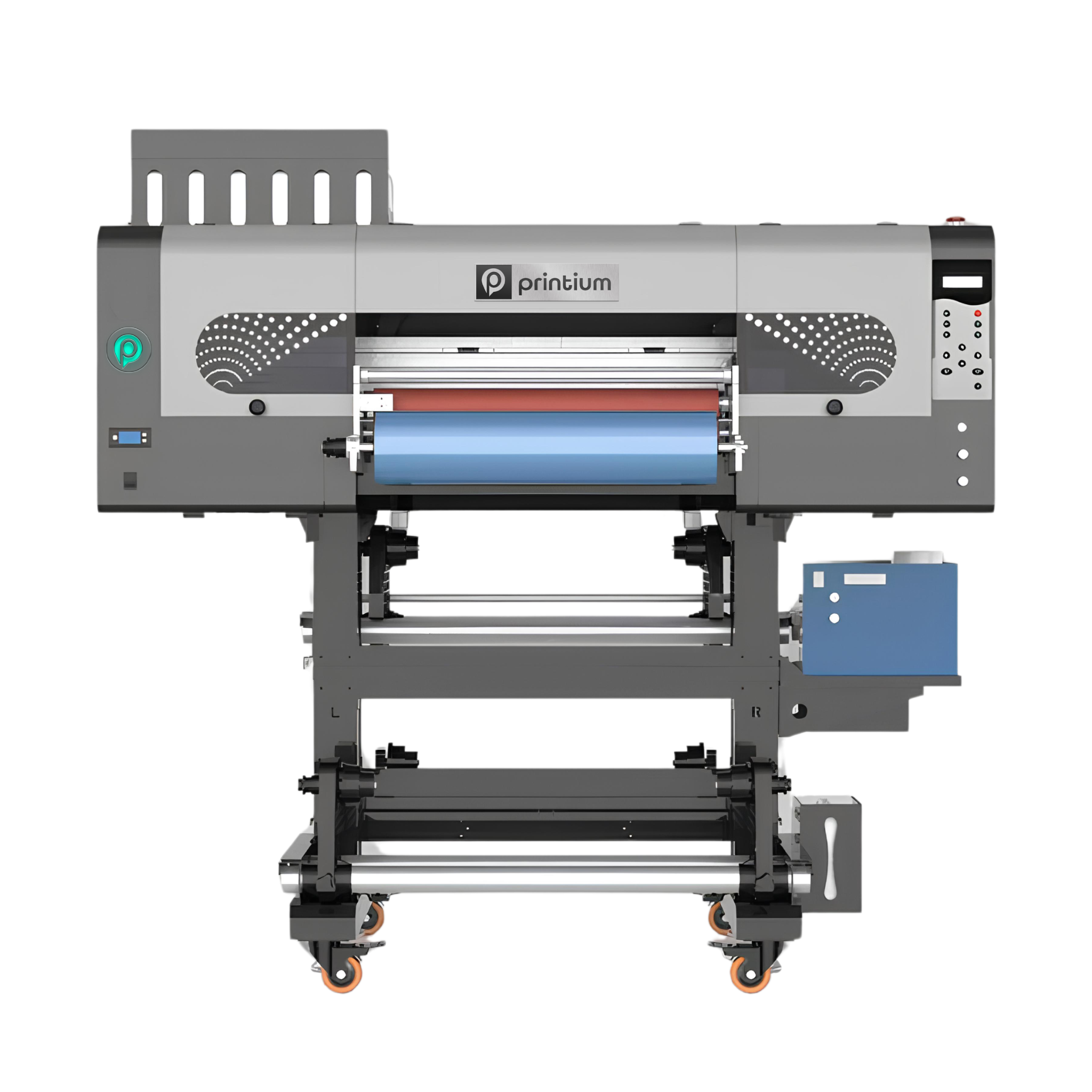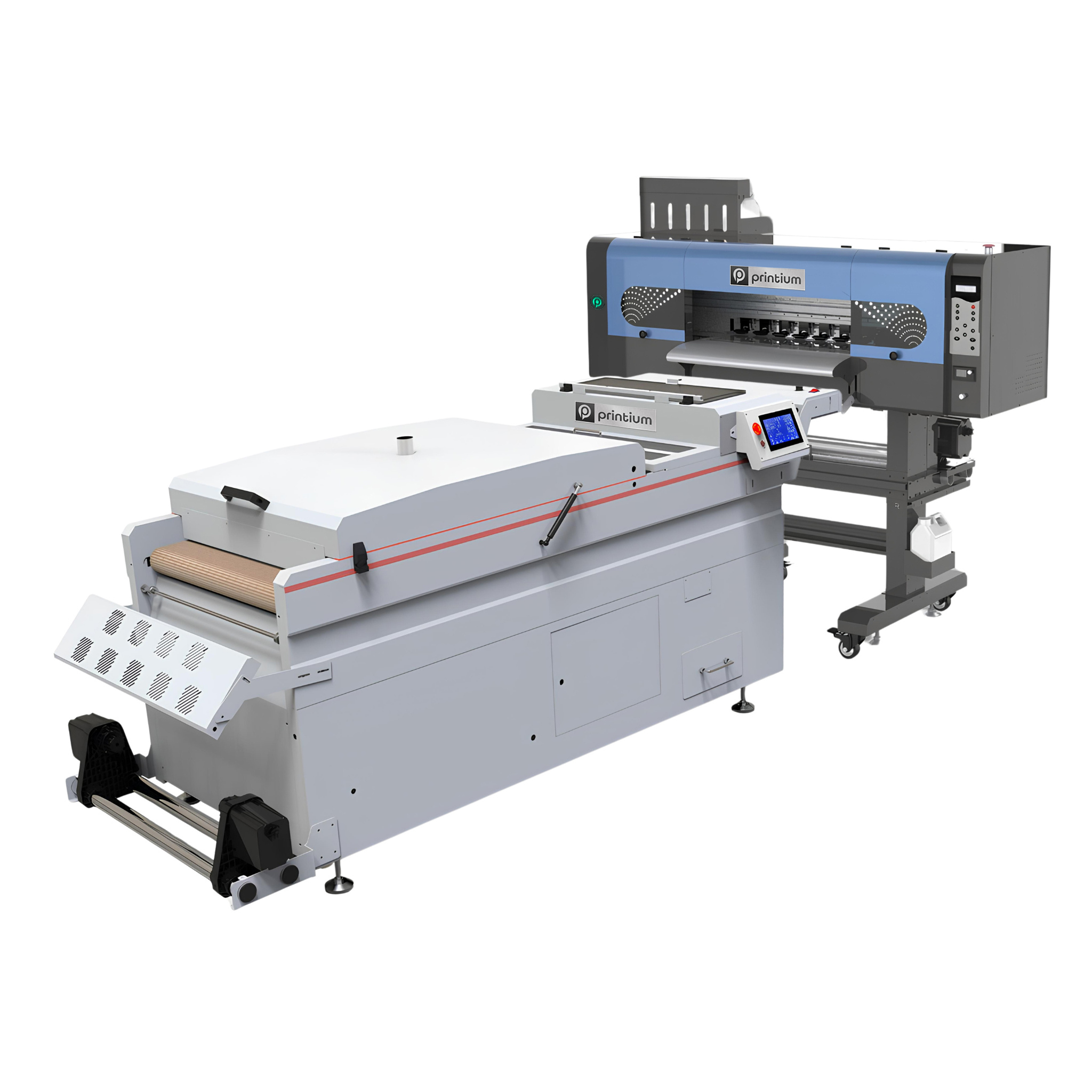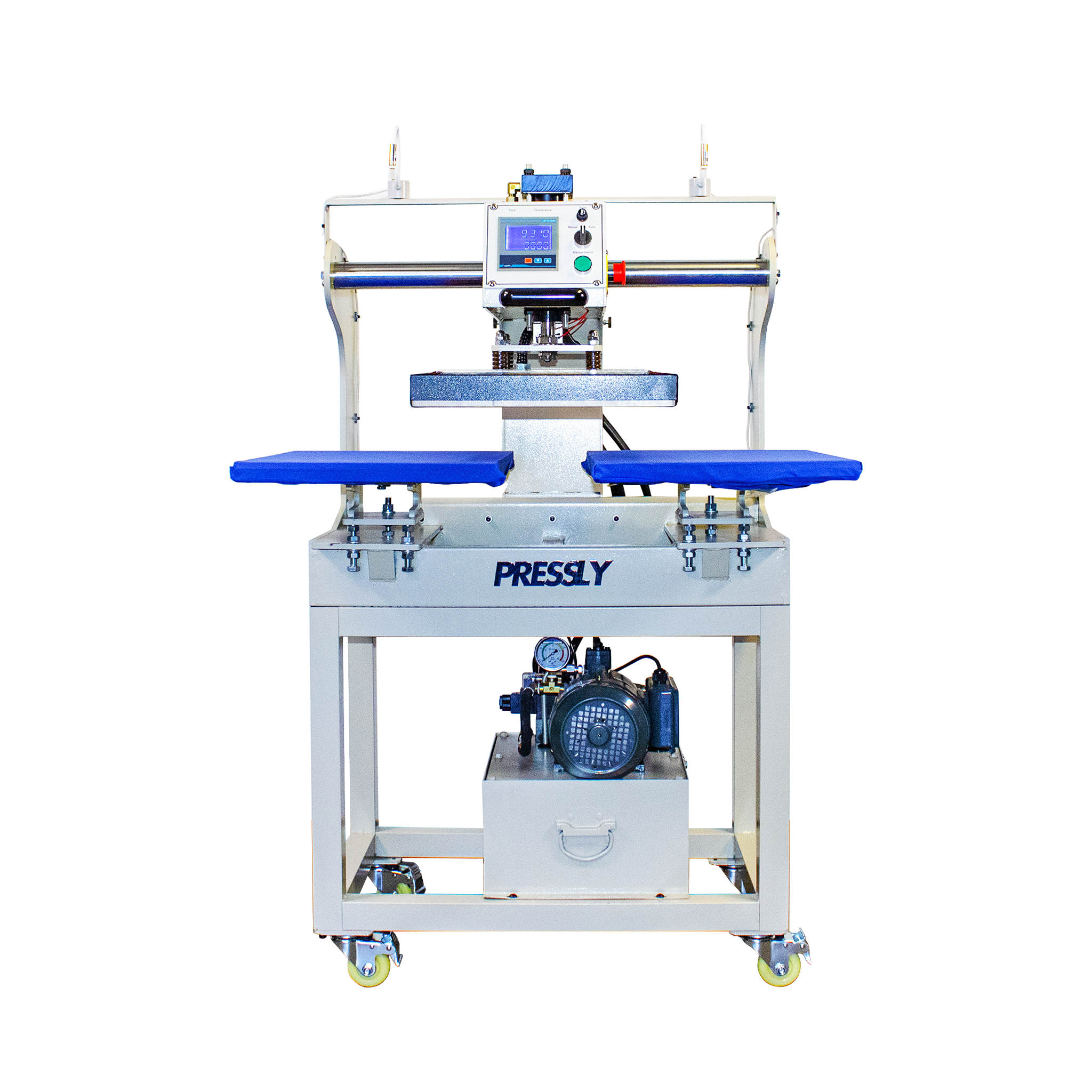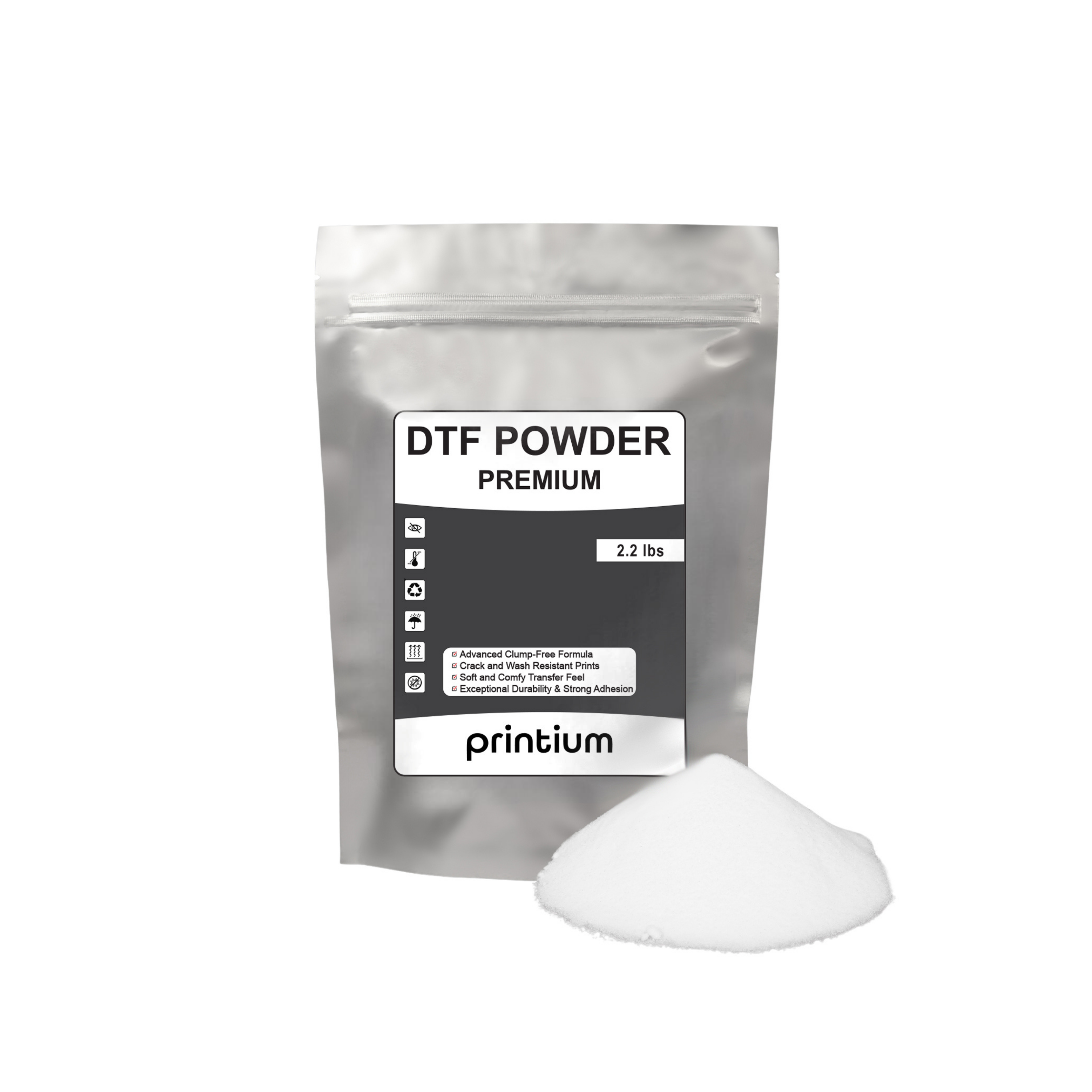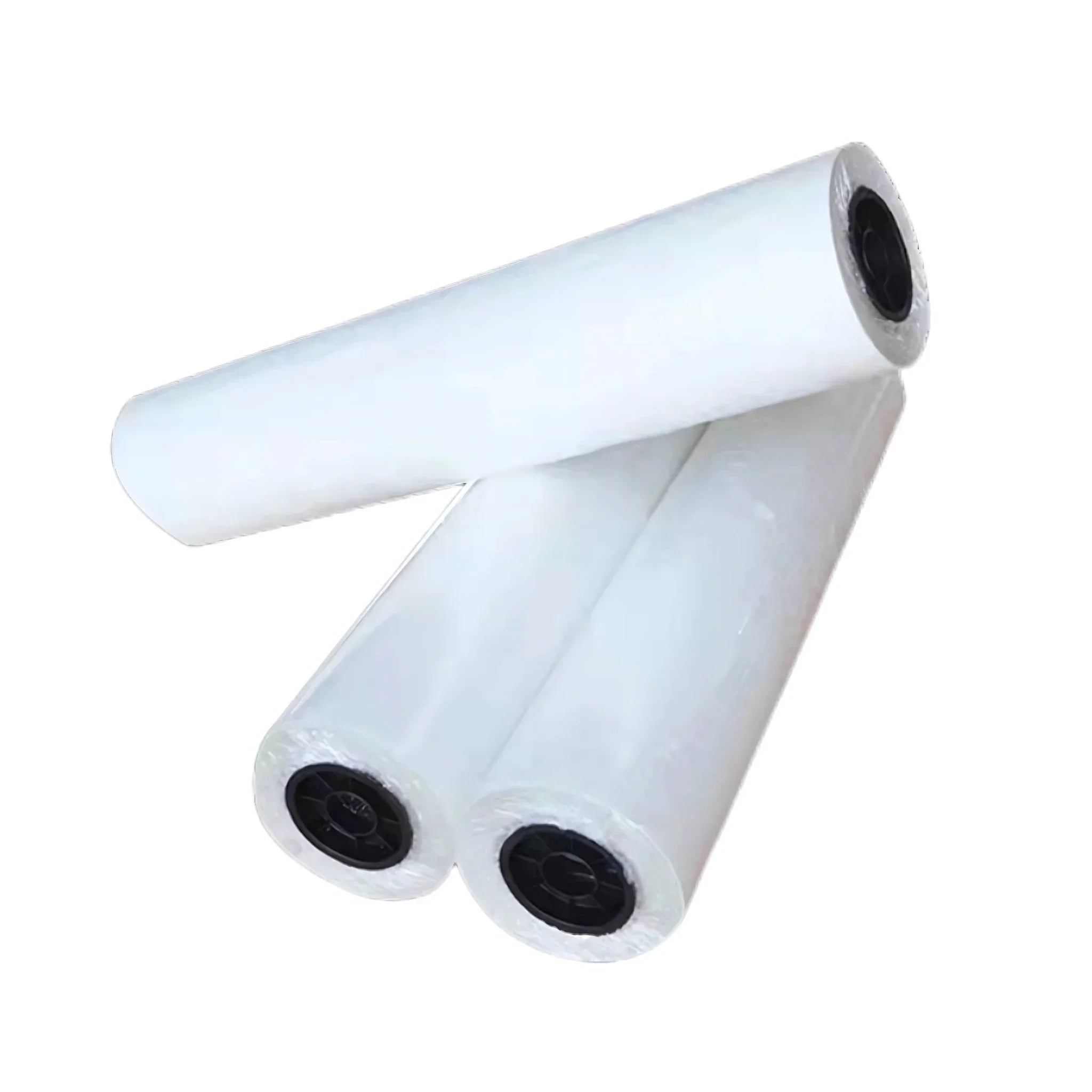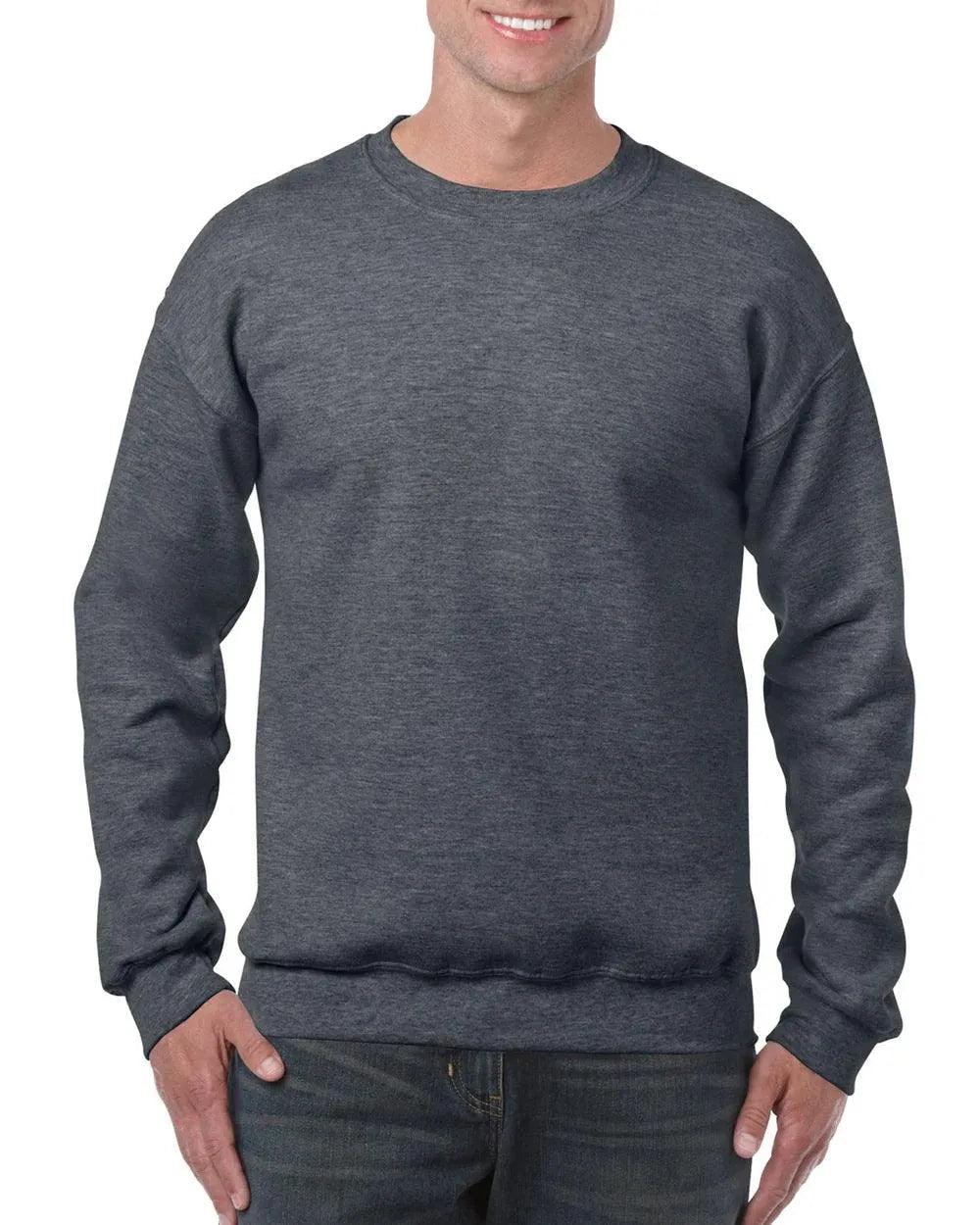How to Choose the Right Equipment for Transfer Printing
Transfer printing is a versatile and popular method for applying designs onto various materials like fabric, mugs, and more. Whether you are starting a small custom print shop or looking to upgrade your existing setup, choosing the right equipment is crucial for ensuring high-quality results. In this blog, we will guide you through the key factors to consider when selecting the right equipment for transfer printing.
Determine Your Printing Method
There are several types of transfer printing methods available, each requiring specific equipment. The method you choose depends on the types of products you plan to print on, the volume of prints, and your budget. Here are some of the most common methods:
-
Heat Transfer Printing: This involves transferring designs from heat transfer vinyl (HTV) or transfer paper to fabric or other surfaces using heat and pressure. It is suitable for small to medium print runs.
-
DTF (Direct-to-Film) Printing: DTF printing uses a film transfer process where ink is printed onto a special film and then transferred to the substrate. This method is ideal for full-color designs and works on a variety of materials, including dark fabrics.
-
Sublimation Printing: Sublimation transfers ink into fabric fibers (mainly polyester), making it ideal for vibrant, long-lasting designs on specific materials. It requires a specialized printer and heat press.
-
Screen Printing: This involves using stencils (screens) to apply ink onto the material. It is cost-effective for large print runs and works well for bold designs.
Choose the Right Printer
The printer you choose will depend on the type of transfer printing method you select. Here are some important factors to consider:
-
Print Size: Choose a printer that can handle the sizes you need for your designs. For example, if you plan to print large designs or full t-shirt graphics, a wide-format printer may be necessary.
-
Print Quality: Look for a printer that produces high-quality prints with vibrant colors and sharp details. For methods like sublimation or DTF printing, ensure that the printer supports high-resolution printing (300 dpi or higher).
-
Compatibility: Ensure the printer is compatible with your chosen transfer medium. For instance, a sublimation printer uses dye-sublimation ink and works best on polyester, while a DTF printer uses CMYK inks for various materials.
Some popular printer options include:
-
Epson SureColor F570 (Sublimation Printer)
-
Roland BN-20 (DTF Printer)
-
Silhouette Cameo 4 (Heat Transfer Vinyl Cutter)
Select the Right Heat Press Machine
A heat press is essential for transferring the design onto your chosen substrate. Choosing the right heat press machine depends on several factors:
-
Size: Heat presses come in different sizes, typically ranging from 9” x 12” to 16” x 20” or even larger. If you're working with smaller items (like mugs or hats), a smaller press might be sufficient. For larger t-shirts or multi-item prints, a larger press will be needed.
-
Type of Heat Press: There are two main types of heat press machines:
-
Clamshell Press: Opens like a clamshell and is great for smaller spaces. It’s ideal for beginners and offers easy operation.
-
Swing-Away Press: The top platen swings away from the base, allowing for more space and easier handling of materials. This type is ideal for printing larger items and ensuring even pressure.
-
-
Pressure and Temperature Control: A good heat press should have adjustable temperature and pressure settings. Look for a machine with accurate digital controls for consistent results.
Some popular heat press options include:
-
Geo Knight DK20S (Swing-Away Press)
-
Hotronix Fusion IQ (Clamshell Press with Smart Technology)
Consider Transfer Materials and Media
The transfer material you use will play a significant role in the final product. The type of transfer material depends on the printing method, as well as the substrate you are printing on. Here are a few common options:
-
Heat Transfer Vinyl (HTV): HTV is available in various colors, finishes, and textures, such as matte, glossy, or glitter. It is ideal for custom designs on apparel like t-shirts and hoodies.
-
Sublimation Paper: Used for sublimation printing, this paper is designed to transfer dye-based ink onto polyester fabrics and polymer-coated products.
-
DTF Transfer Film: DTF transfer film is used for DTF print, allowing for high-quality, full-color prints that work on both light and dark materials.
-
Transfer Paper: This paper is used with inkjet printers for heat transfer printing on light-colored fabrics, ideal for photo-quality images and designs.
Make sure the transfer materials you select are compatible with your printer and heat press. High-quality transfer media ensures vibrant colors, long-lasting prints, and a smooth finish.
Choose a Cutting Machine (if Applicable)
For methods like heat transfer vinyl (HTV), you'll need a cutting machine to precisely cut your designs from the vinyl. This step is essential for creating intricate patterns, letters, or logos.
Look for a cutting machine with the following features:
-
Precision Cutting: Ensure the machine can cut intricate designs without error.
-
Cutting Size: The size of the cutting area should match the type of projects you plan to do.
-
User-Friendly Software: Choose a machine that comes with easy-to-use software for design creation and cutting. Popular options include the Cricut Maker and Silhouette Cameo 4.
Look for Support and Training
When selecting equipment, consider the level of customer support and training that is available. Some manufacturers offer online tutorials, user forums, and training videos to help you get started and troubleshoot any issues that arise.
It’s also a good idea to check reviews and testimonials from other users who have used the same equipment. This can provide insights into the machine's reliability and ease of use.
Conclusion
Choosing the right equipment for transfer printing is essential for achieving high-quality results and ensuring your business’s success. By carefully considering your printing method, equipment specifications, and the materials you plan to use, you can make an informed decision. Whether you're starting a new business or upgrading your existing setup, selecting the right printer, heat press, and cutting machine will help you create custom, vibrant designs that your customers will love. Happy print!
Check Out Our Other Products
More information
